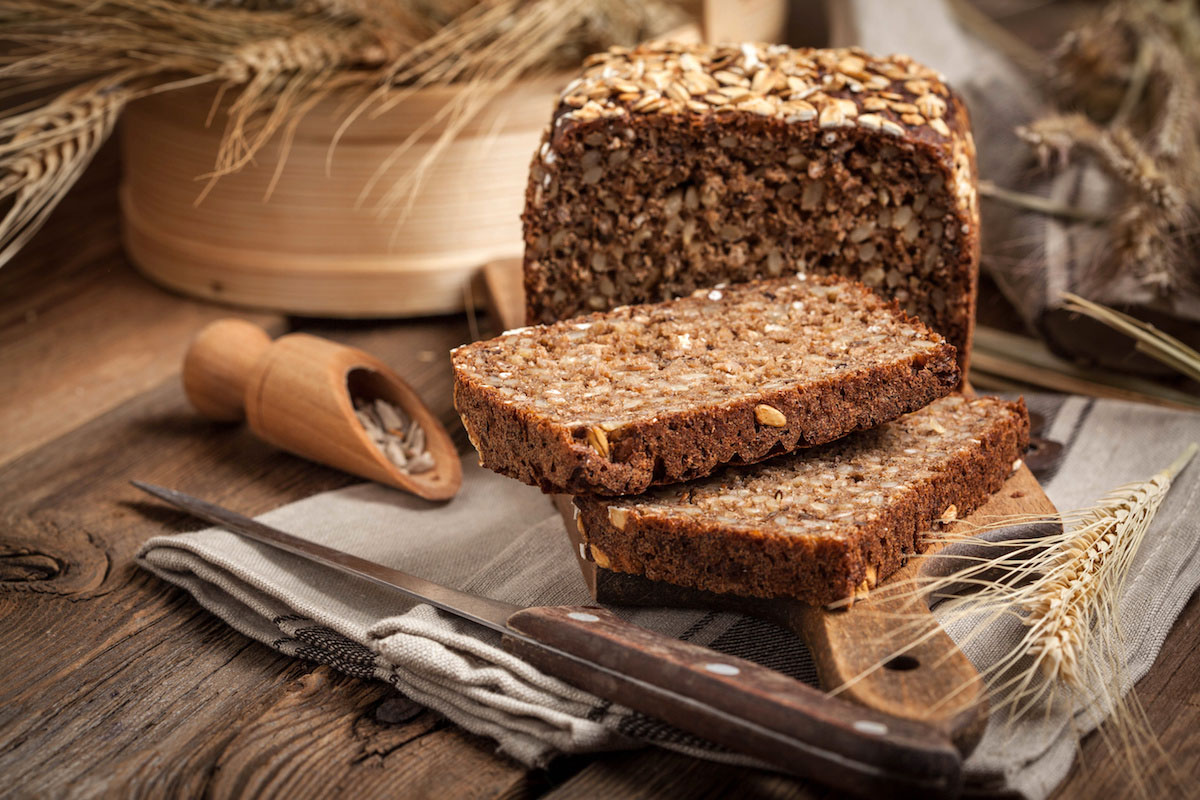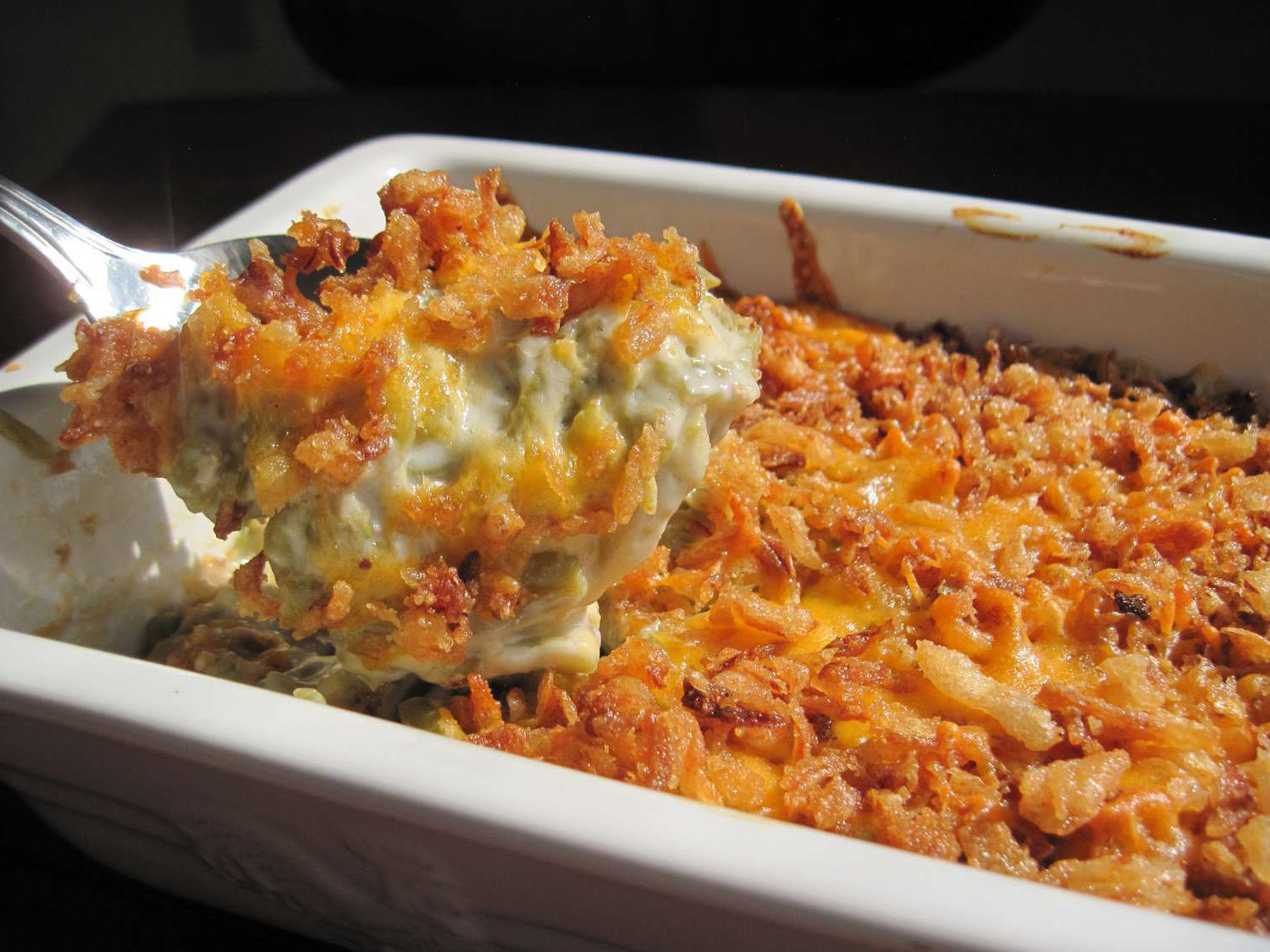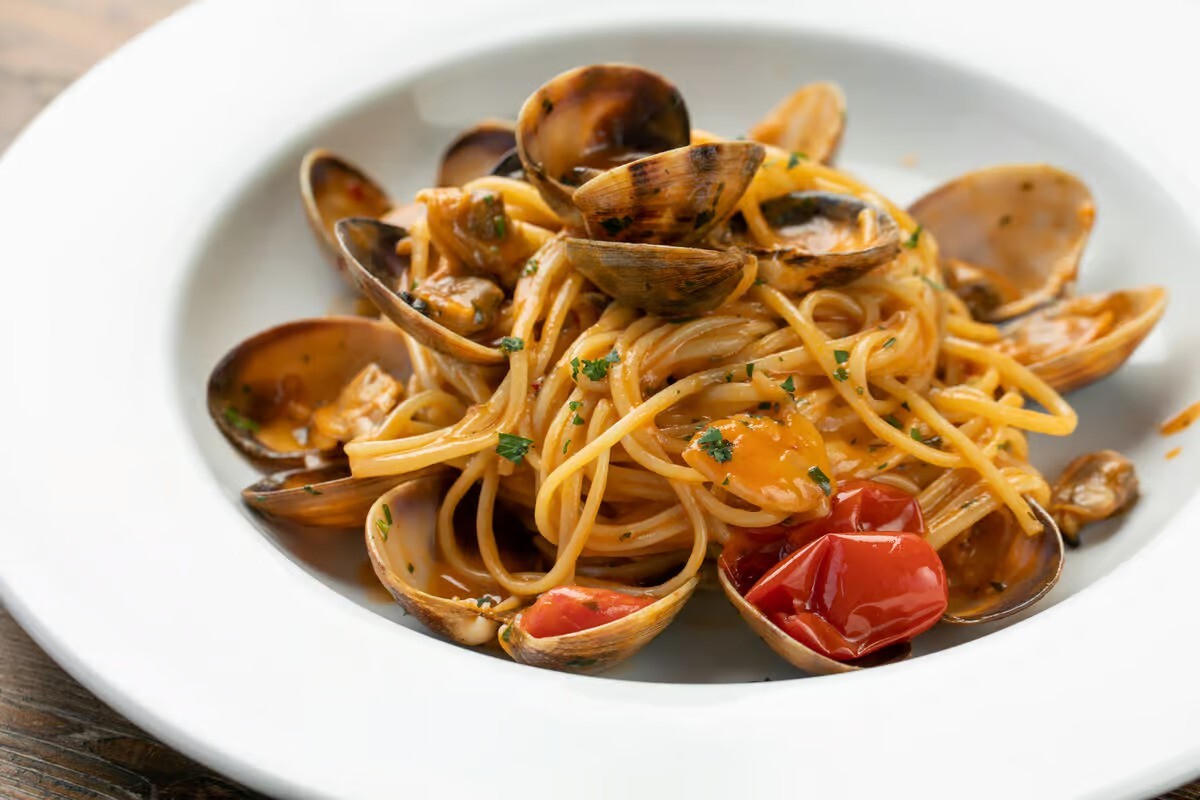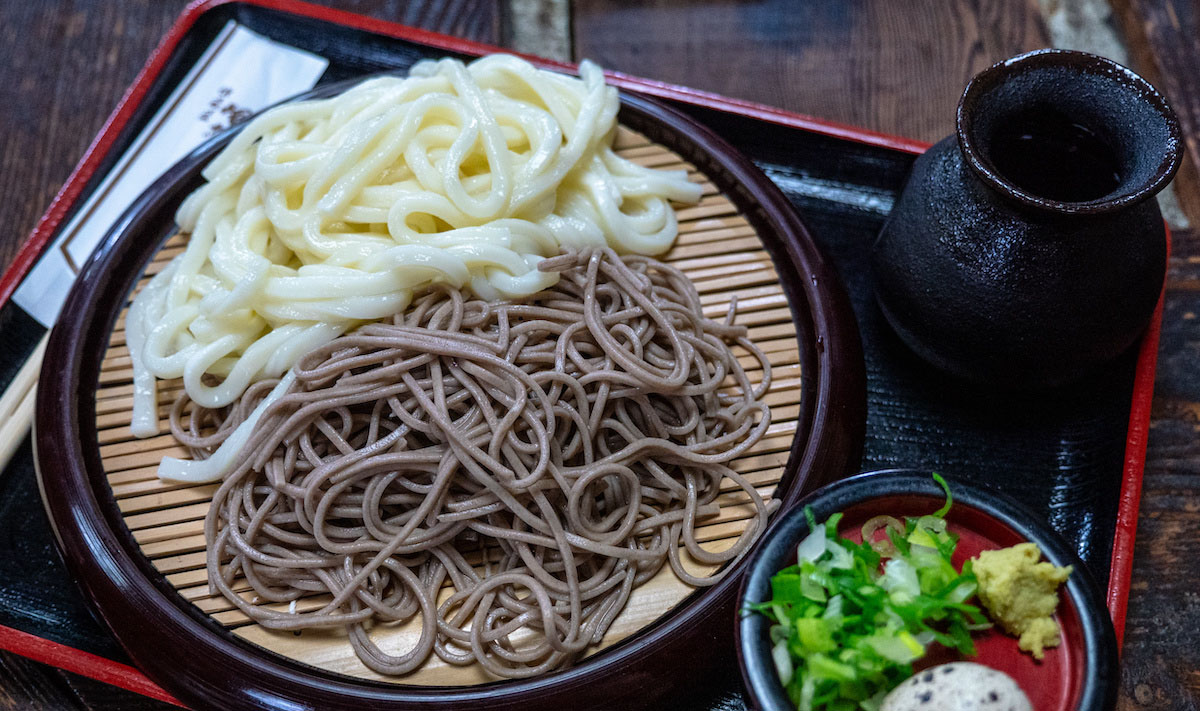The Difference Between Pasta and Noodles
When it comes to Italian and Asian cuisine, two staple ingredients often come to mind: pasta and noodles. While they may seem similar, there are distinct differences between the two that go beyond their shapes and origins. Let’s explore the unique characteristics of pasta and noodles to better understand their differences.
Pasta
Pasta is a fundamental component of Italian cuisine, with a rich history dating back centuries. It is typically made from durum wheat semolina, water, and sometimes eggs, resulting in a firm and chewy texture. The dough is kneaded, rolled out, and cut into various shapes, such as spaghetti, penne, or farfalle. Pasta is often associated with dishes like spaghetti Bolognese, fettuccine Alfredo, and lasagna.
- Pasta is an essential part of Italian cuisine.
- It is made from durum wheat semolina, water, and sometimes eggs.
- Pasta has a firm and chewy texture.
- It comes in a variety of shapes, including spaghetti, penne, and farfalle.
Noodles
Noodles, on the other hand, are a staple in many Asian cuisines, including Chinese, Japanese, and Thai. They are made from a combination of wheat flour, water, and sometimes egg, yielding a softer and more delicate texture compared to pasta. Noodles can vary widely in size and shape, from the thin and delicate rice noodles to the thicker and chewier udon noodles. Popular dishes featuring noodles include pad Thai, ramen, and lo mein.
- Noodles are a common ingredient in Asian cuisines.
- They are made from wheat flour, water, and sometimes egg.
- Noodles have a softer and more delicate texture.
- They come in a variety of sizes and shapes, such as rice noodles and udon noodles.
Key Differences
While both pasta and noodles are versatile and delicious, there are several key differences between the two:
- Ingredients: Pasta is typically made from durum wheat semolina, while noodles are made from wheat flour.
- Texture: Pasta has a firmer and chewier texture, whereas noodles are softer and more delicate.
- Shape and Size: Pasta comes in a wide range of shapes, including long strands, tubes, and sheets, while noodles vary in size and thickness depending on the dish.
- Cultural Significance: Pasta is deeply rooted in Italian cuisine, while noodles hold significant cultural importance in various Asian countries.
Understanding the differences between pasta and noodles can enhance your culinary knowledge and appreciation for diverse global cuisines. Whether you’re craving a comforting bowl of spaghetti or a steaming bowl of ramen, recognizing the unique qualities of each ingredient adds depth to the dining experience.
In Conclusion
While pasta and noodles share some similarities, such as being a staple in their respective cuisines and serving as a versatile base for a wide range of dishes, their distinct ingredients, textures, and cultural significance set them apart. Whether you prefer the hearty bite of al dente pasta or the slurp-worthy appeal of Asian noodles, both ingredients offer endless possibilities for creating delicious and satisfying meals.
Next time you’re in the kitchen, consider experimenting with pasta and noodles to explore the diverse flavors and textures they bring to the table. Whether you’re crafting a classic Italian dish or delving into the vibrant world of Asian cuisine, the differences between pasta and noodles add depth and variety to your culinary repertoire.
Was this page helpful?
Read Next: What Is Jarlsberg Cheese Dip











